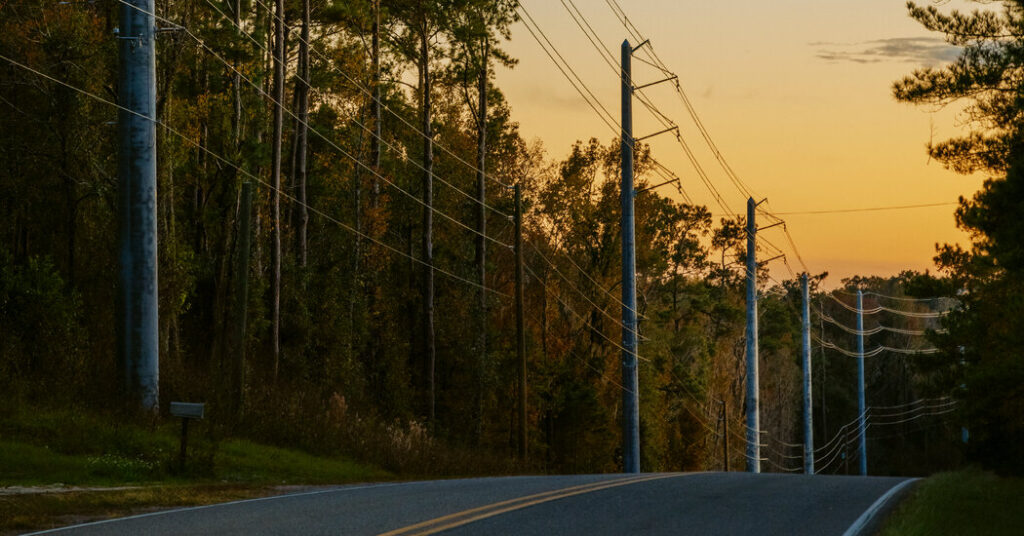
“The whole energy policy dynamic in Florida has alienated the public interest,” said E. Leon Jacobs Jr., a former chairman of the Florida Public Service Commission who was elected president of the Southern Alliance for Clean Energy, a nonprofit environmental organization, in September 2020. “There absolutely were issues and challenges that should have been made in regard to that transmission line.”
The project will be funded in part by a $692 million increase in customers’ rates in 2022 — part of $4.9 billion in cumulative rate increases over four years that the Public Service Commission approved long after Mr. Jacobs’s departure. Because of the line’s voltage, the project’s design and suitability did not require more detailed reviews by the commission and other state agencies.
Transmission data collected by the U.S. Department of Energy highlights how unusual 161-kilovolt lines are, particularly over long distances. Just 3 percent of all transmission lines in the country are 161 kilovolts, and they average five miles in length, said Mr. McCullough, who reviewed the data.
The Public Service Commission, responsible for ensuring that utility investments are prudent and avoid economic waste, declined to comment about the transmission line, its funding or Florida Power & Light’s practices, noting that the rate case could be appealed.
The company said it had met its legal and regulatory requirements.
“To be blunt, this type of criticism is misguided and demonstrates a fundamental lack of understanding of how the regulatory process works,” said David Reuter, a spokesman for NextEra Energy, which owns the utility. “The unanimous F.P.S.C. decision on FPL’s rate case is the culmination of the customary, transparent, nearly yearlong public process of reviewing and setting new electric base rates.”
Richard Gentry, who was named the state’s top consumer advocate early last year after long working as a lobbyist for tobacco, alcohol, horse racing, manufacturing and other industries, said his office had no authority to question a low-voltage transmission project.
Mr. Gentry did, however, take part in negotiations regarding the rate case that included the transmission project. The approved rate increase includes a return for the utility that is among the highest in the country and valued at as much as $1 billion more than the state’s two other investor-owned utilities (Duke Energy and Tampa Electric).

